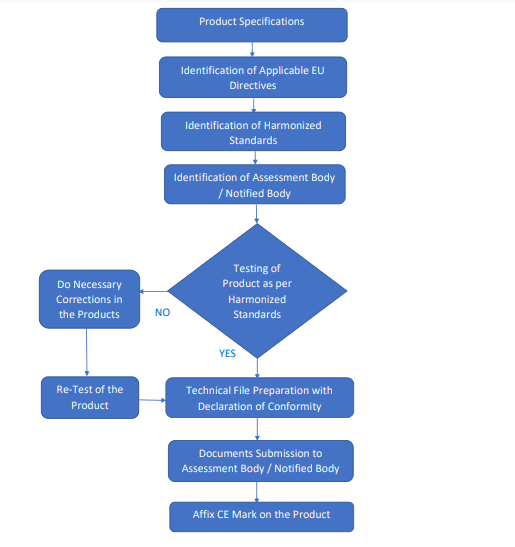
CE Marking is a certification mark that indicates a product conforms to European Union (EU) health, safety, and environmental protection standards. The initials “CE” stand for “Conformité Européenne,” which translates to “European Conformity.” Products bearing the CE mark are deemed to meet the requirements set by EU directives and regulations, making them eligible for sale within the European Economic Area (EEA).
The primary purpose of CE Marking is to facilitate the free movement of products within the EEA by ensuring that products meet specific safety and regulatory standards. It helps protect consumers and ensures a level playing field for manufacturers. It also aims to streamline the process of market access across the EU by eliminating the need for individual country certifications.
CE Marking is a critical certification for manufacturers aiming to access the European market. It ensures that products meet high safety and quality standards, providing a mark of reliability that benefits both consumers and businesses. Understanding and adhering to the requirements of CE Marking is essential for successful market entry and product acceptance within the EU.

©2024.AQS Assessments Pvt.Ltd. All Rights Reserved.
Designed & Developed by Sunseaz Technologies Pvt Ltd.